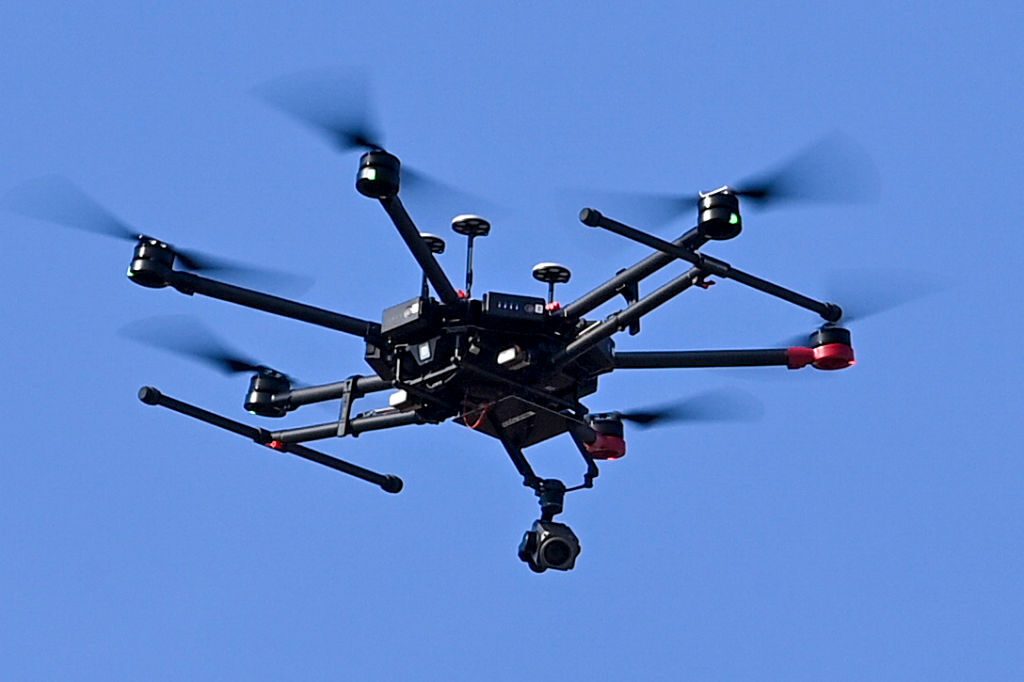Love those overhead images of a rider like Mathieu van der Poel attacking in the woods at a cyclocross race or a tight shot of Jonas Vingegaard setting a blistering pace in a time trial?
Thanks to unmanned aerial vehicles, or drones, those once-evasive pictures are now revealing crucial moves in bike races for broad audiences, and the UCI has tightened the regulations to keep drones as a safe resource.
For the safety of the athletes as well as officials and spectators, the UCI recently amended rules governing the use of drones authorised by race organisers at events, with these vehicles and any similar small aircrafts restricted to “maintain a distance of at least five metres from any rider or spectator”.
The update to Rule 1.2.035a takes effect January 1, 2024, and is part of the General Organisation of Cycling as a Sport, for all disciplines.
With the new rule in place, the birds-eye sweeping view of Vingegaard crushing the time trial at O Gran Camiño this past season to win the overall title won’t be so prevalent. Video and still cameras mounted to an approved drone can still bring pictures from the front of a time trial, which is against the rules from a vehicle in the race, but just from a greater distance.
The UCI rule oversees the use of drones by the organiser, which may use still photography and/or video by various aircrafts “subject to obtaining authorization to operate the relevant equipment safely and securely from the envisaged location”.
The amendment to the article pertaining to aircraft, introduced in January 2022, was put in place to avoid incidents where a drone could impact the outcome of a race.
Drones have been used at sporting events for more than a decade, typically used as a more economical and flexible alternative to cameras mounted to motorbikes, helicopters and multiple stationary camera positions.
During the COVID-19 global pandemic in 2020, drones were commonly used to cover bicycle races when fans were not permitted along courses, such as the Tour of Flanders. More recently drones prove remote cover in remote locations of gravel and cyclocross races, as well as World Championships for multiple disciplines.
Drone operators, whether commercial or recreational, do not have free range of air space, however. There are regional rules dictating usage, from the National Aviation Authority in Europe to the Federal Aviation Administration in the US, related to weights of devices, height restrictions, operator licences…
Click Here to Read the Full Original Article at CyclingNews RSS Feed…

